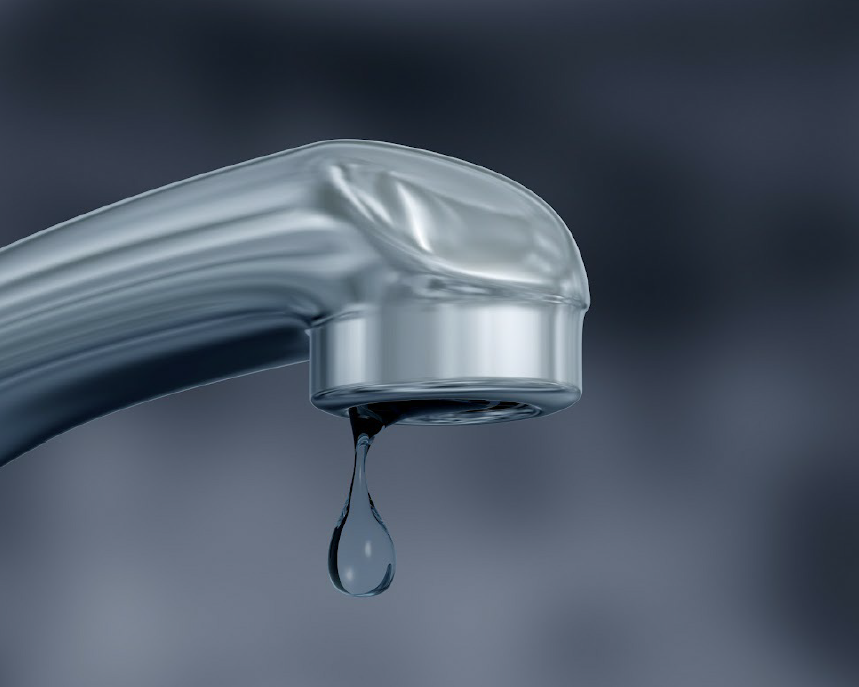Expose Concealed Water Line Leaks: Six Proven Detection Methods
Expose Concealed Water Line Leaks: Six Proven Detection Methods
Blog Article
Almost everyone maintains their own individual opinion in relation to Finding hidden leaks.

Early discovery of dripping water lines can alleviate a prospective disaster. Apart from conserving you money, it will certainly minimize the worry and also aggravation. The minute you find a leak, calling your plumber for repair work is the best service. Nevertheless, some small water leakages may not be visible. If you can not discover it with your nude eyes, here are some hacks that assist.
1. Examine the Water Meter
Every house has a water meter. Inspecting it is a guaranteed way that aids you uncover leakages. For starters, turn off all the water resources. Make sure no one will certainly flush, make use of the faucet, shower, run the washing maker or dishwashing machine. From there, most likely to the meter as well as watch if it will change. Given that nobody is utilizing it, there need to be no movements. That suggests a fast-moving leak if it relocates. Furthermore, if you find no changes, wait an hour or 2 and check back once again. This implies you may have a slow-moving leakage that can also be below ground.
2. Inspect Water Usage
Analyze your water bills and track your water consumption. As the one paying it, you need to see if there are any kind of discrepancies. If you spot sudden changes, despite your consumption coinciding, it means that you have leakages in your plumbing system. Keep in mind, your water costs should drop under the very same variety every month. An abrupt spike in your bill suggests a fast-moving leakage.
A stable boost every month, also with the very same practices, reveals you have a slow-moving leak that's likewise gradually rising. Call a plumber to thoroughly check your residential property, especially if you feel a warm location on your flooring with piping below.
3. Do a Food Coloring Examination
When it comes to water intake, 30% originates from commodes. Test to see if they are running correctly. Drop specks of food shade in the storage tank and wait 10 mins. There's a leakage between the tank as well as bowl if the shade in some way infiltrates your dish during that time without flushing.
4. Asses Exterior Lines
Don't forget to check your outside water lines as well. Test faucets by attaching a garden hose pipe. Ought to water seep out of the connection, you have a loosened rubber gasket. Change this and guarantee all links are limited. It will aid obtain it properly checked out and also kept every year if you have actually obtained a sprinkler system. One tiny leakage can throw away tons of water and increase your water bill.
5. Check and Analyze the Scenario
House owners should make it a practice to inspect under the sink counters and even inside closets for any kind of bad odor or mold and mildew development. These 2 red flags indicate a leak so timely focus is required. Doing routine examinations, also bi-annually, can conserve you from a major trouble.
More importantly, if you know your home is already old, maintain a watchful eye on your heating systems, hoses, pipelines and so on. Look for stainings and compromising as most pipelines as well as appliances have a life span. They will certainly also naturally degrade because of deterioration. Do not wait for it to rise if you believe dripping water lines in your plumbing system. Call an expert plumber right away so you do not end up with a terrible mess in your house.
Early detection of leaking water lines can reduce a prospective catastrophe. Some tiny water leaks might not be noticeable. Inspecting it is a surefire way that helps you uncover leakages. One tiny leak can throw away bunches of water and increase your water expense.
If you think dripping water lines in your plumbing system, don't wait for it to escalate.
WARNING SIGNS OF WATER LEAKAGE BEHIND THE WALL
PERSISTENT MUSTY ODORS
As water slowly drips from a leaky pipe inside the wall, flooring and sheetrock stay damp and develop an odor similar to wet cardboard. It generates a musty smell that can help you find hidden leaks.
MOLD IN UNUSUAL AREAS
Mold usually grows in wet areas like kitchens, baths and laundry rooms. If you spot the stuff on walls or baseboards in other rooms of the house, it’s a good indicator of undetected water leaks.
STAINS THAT GROW
When mold thrives around a leaky pipe, it sometimes takes hold on the inside surface of the affected wall. A growing stain on otherwise clean sheetrock is often your sign of a hidden plumbing problem.
PEELING OR BUBBLING WALLPAPER / PAINT
This clue is easy to miss in rooms that don’t get much use. When you see wallpaper separating along seams or paint bubbling or flaking off the wall, blame sheetrock that stays wet because of an undetected leak.
BUCKLED CEILINGS AND STAINED FLOORS
If ceilings or floors in bathrooms, kitchens or laundry areas develop structural problems, don’t rule out constant damp inside the walls. Wet sheetrock can affect adjacent framing, flooring and ceilings.
https://www.servicemasterbyzaba.com/blog/how-to-detect-water-leakage-in-walls/

Hopefully you enjoyed our post on Locating water leaks. Thanks so much for taking a few minutes to browse our content. Are you aware of someone else who is excited about the niche? Be sure promote it. Thanks a bunch for your time. Please come visit our blog back soon.
For top results, contact! Report this page